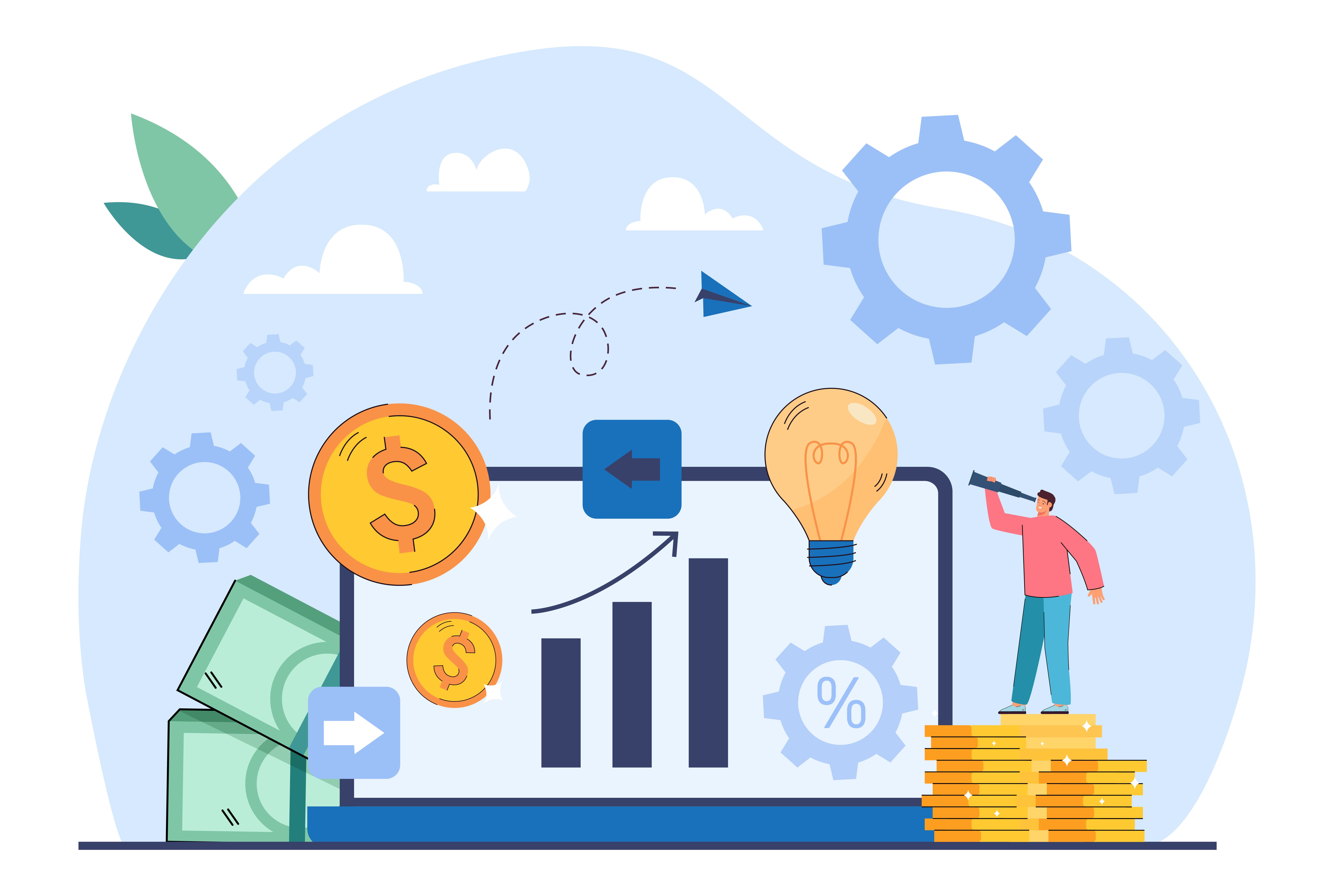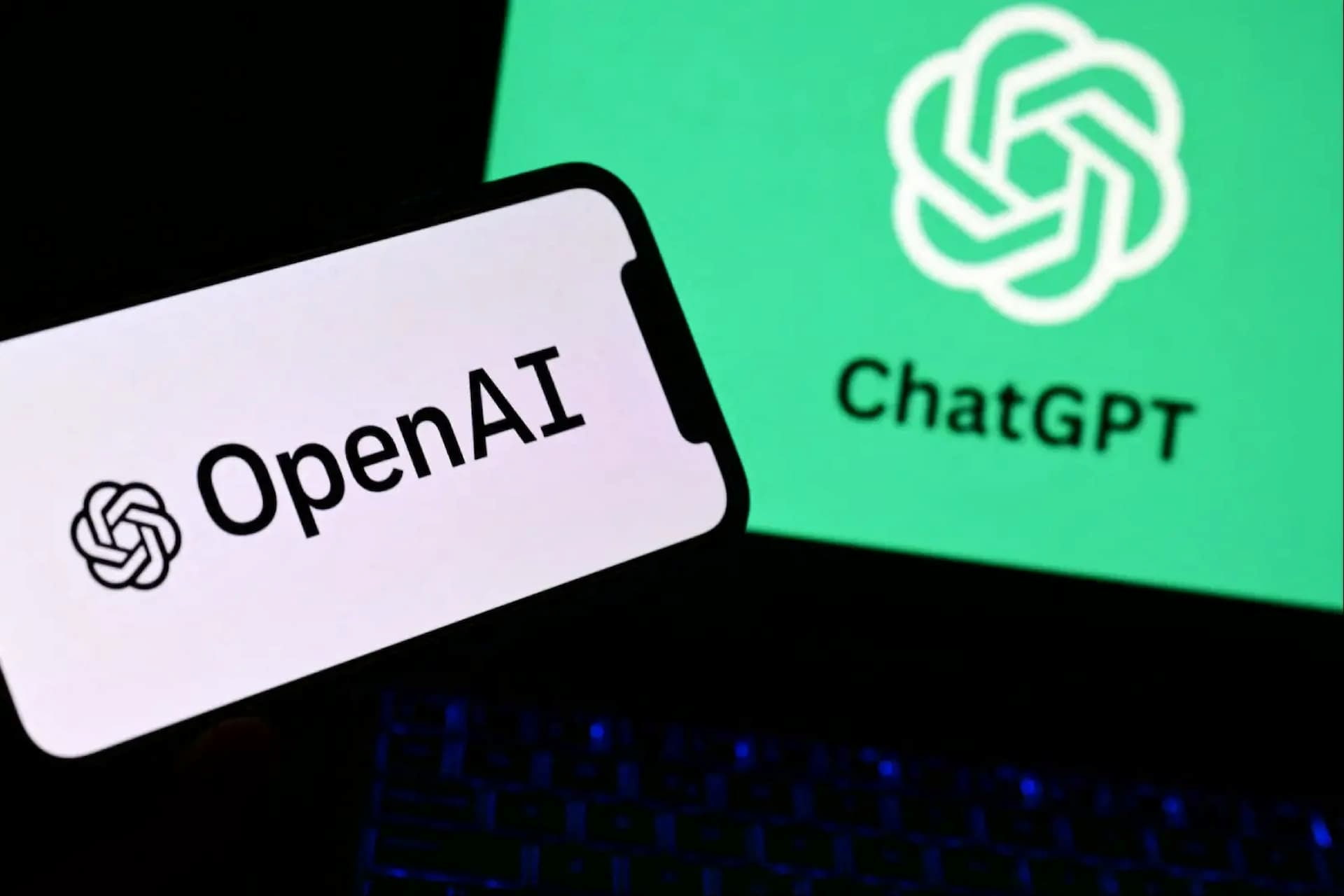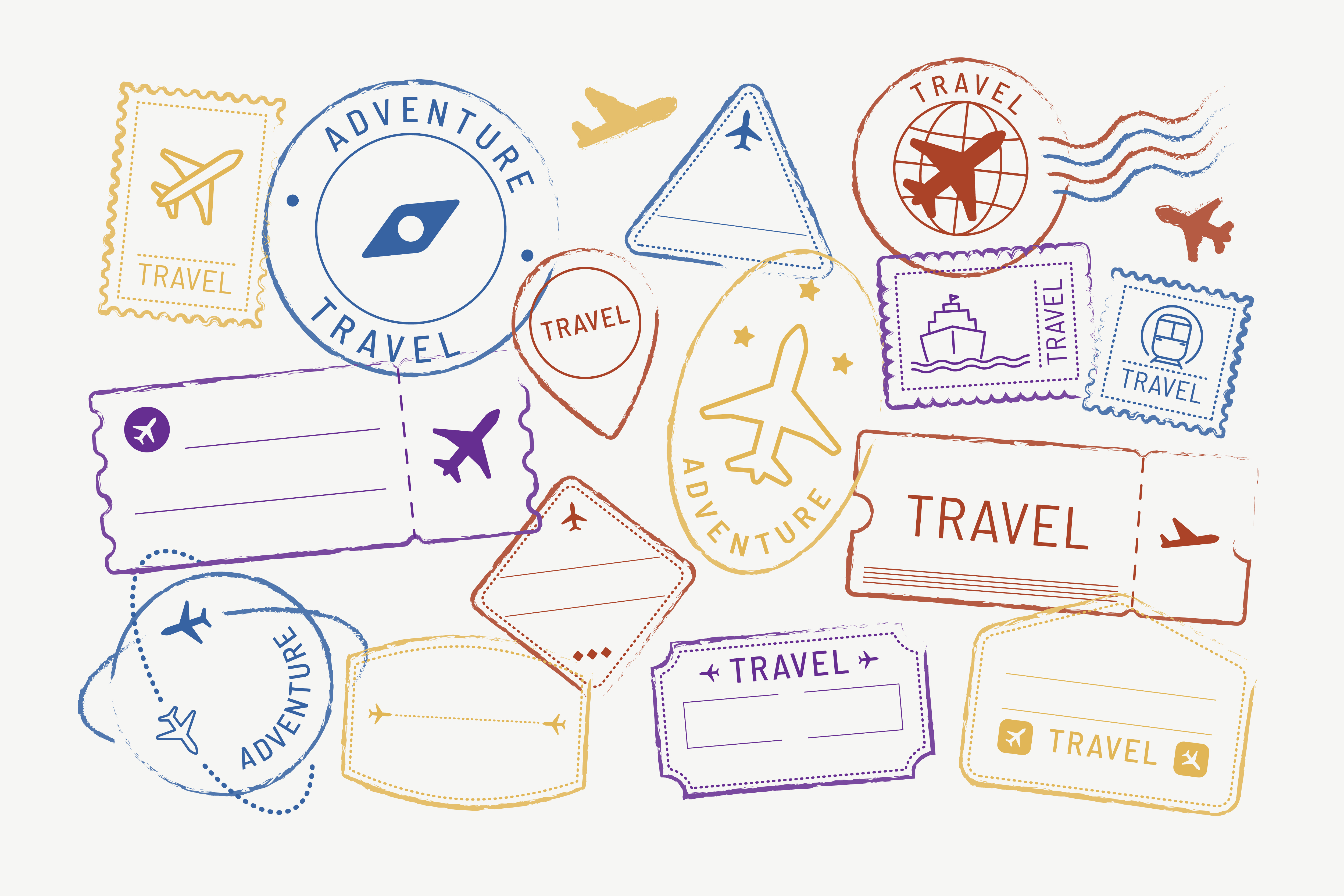The Securities and Exchange Commission has approved new generic listing standards for exchange-traded products that hold spot commodities, including digital assets. Exchanges can now list and trade Commodity-Based Trust Shares without submitting a separate SEC rule change.
SEC Chairman Paul S. Atkins said the move aims to maintain America’s capital markets as a leading hub for digital asset innovation. The decision is expected to increase investor choice and streamline access to digital asset products.
Jamie Selway, Director of the Division of Trading and Markets, highlighted that the approval offers clear regulatory guidance and ensures investor protections while making it easier for products to reach the market.
Alongside the generic standards, the SEC approved the Grayscale Digital Large Cap Fund listing, which tracks the CoinDesk 5 Index of spot digital assets.
The regulator also authorised p.m.-settled options on the Cboe Bitcoin US ETF Index and the Mini-Cboe Bitcoin US ETF Index with multiple expiration formats.
Would you like to learn more about AI, tech and digital diplomacy? If so, ask our Diplo chatbot!










